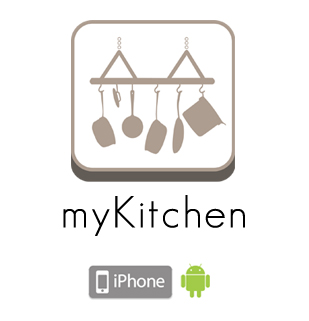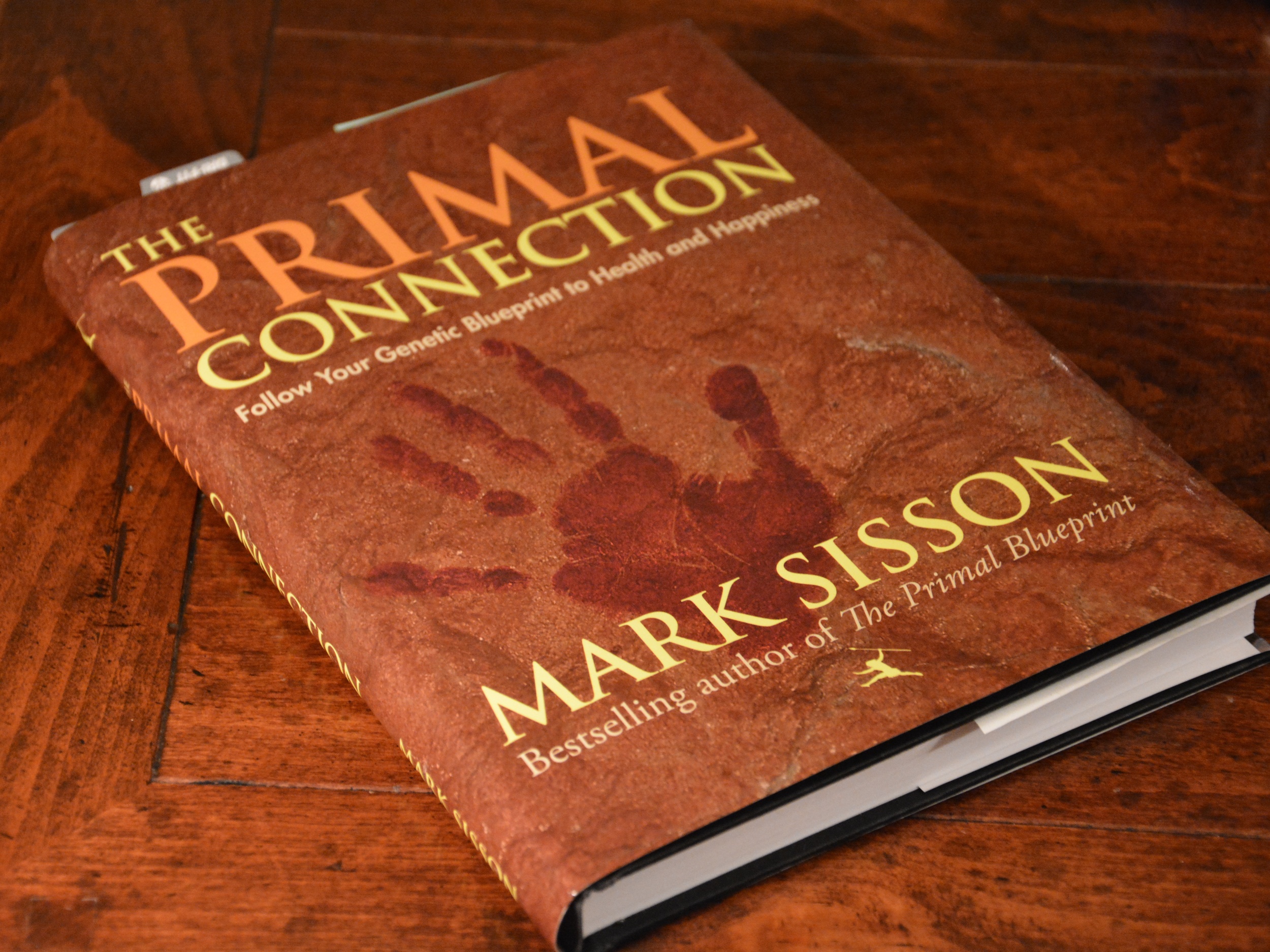Are humans evolved to sleep through the night or is natural sleep bimodal or otherwise fragmented? What can we learn from the sleep of Paleolithic hominins and modern hunter-gatherer societies?
Paleo-anatomists studying fossilized skeletons of Australopithecus (3.9-2.9 MYA) and Homo habilis (2.3-1.4 MYA) found they were well adapted to climbing. Although much of their daytime was probably spent on the ground, these hominins likely slept in trees. (Recent findings suggest some early hominins may have created “ground nests” for sleeping.)
Homo erectus appeared 1.9 million years ago and was well adapted to migrating over land. Their vestibular anatomy suggests a primarily ground-based existence. Homo erectus was likely the first hominin to control fire, a technology that would have made sleeping on the ground safer. Richard Wrangham, Professor of Anthropology at Harvard, in his book Catching Fire: How Cooking Made Us Human, writes:
"Homo erectus presumably climbed no better than modern humans do, unlike the agile habilines. This shift suggests that Homo erectus slept on the ground, a novel behavior that would have depended on their controlling fire to provide light to see predators and scare them away."
Once hominins began sleeping on the ground, they slept “as people do nowadays in the savanna”:
"In the bush, people lie close to the fire and for most or all of the night someone is awake. When a sleeper awakens, he or she might poke at the fire and chat a while, allowing another to fall asleep. In a twelve-hour night with no light other than what the fire provides, there is no need to have a continuous eight-hour sleep. An informal system of guarding easily emerges that allows enough hours of sleep for all while ensuring the presence of an alert sentinel."
Chronobiology blogger Bora Zivkovic believes our natural sleep pattern is bimodal:
"Until not long ago, just about until electricity became ubiquitous, humans used to have a sleep pattern quite different from what we consider "normal" today. At dusk you go to sleep, at some point in the middle of the night you wake up for an hour or two, then fall asleep again until dawn. Thus there are two events of falling asleep and two events of waking up every night (plus, perhaps, a short nap in the afternoon). As indigenous people today, as well as people in non-electrified rural areas of the world, still follow this pattern, it is likely that our ancestors did too."
Is there evidence for this bimodal pattern? What happens to the typical 8-hour sleep pattern when the period of darkness is increased?
In 1992, Dr. Thomas Wehr placed normal volunteers in a setting of 14 hours of dark-period (nighttime) for one month and found the subject’s sleep “divided into two symmetrical bouts, several hours in duration, with a 1–3 h waking interval between.” Wehr concluded that sleep becomes biphasic (bimodal) when the photoperiod (daytime) is shortened.
Beyond the tendency of sleep to fragment when dark-time is longer, culture also plays a role. Carol Worthman Ph.D., Director of the Laboratory for Comparative Human Biology at Emory University, studied the sleep pattern in various cultures and also found a fragmented pattern. When interviewed by Jane Bosveld for Discover magazine:
"Worthman flipped open a book and showed me photographs of big families piled into large, sprawling huts, little kids peeking up from the arms of Mom, older generations wrapped leisurely around the fireplace. “Forager groups are a good place to start, because for much of human history we’ve been occupied with their mode of existence,” she said. 'There are the !Kung of Botswana and the Efe of Zaire. For both of these groups, sleep is a very fluid state. They sleep when they feel like it—during the day, in the evening, in the dead of night.'”
"Sleep, it seemed, was putty—some cultures stretched it out, some chopped it up, and others, like our own, squeezed it into one big lump."
What about sleep in the modern world? Psychiatrist Richard A. Friedman, MD believes interrupted sleep may be normal for some of us:
“Many patients tell me they have a sleep problem because they wake up in the middle of the night for a time, typically 45 minutes to an hour, but fall uneventfully back to sleep. Curiously, there seems to be no consequence to this 'problem.' They are unaffected during the day and have plenty of energy and concentration to go about their lives."
The problem, it seems, is not so much with their sleep as it is with a common and mistaken notion about what constitutes a normal night's sleep.”
Our ancestors began sleeping on the ground over 2 million years ago. Some individuals likely slept for long stretches while others slept in a bimodal or multimodal pattern. With the development of artificial electric lighting in the late 1800s, the photoperiod became longer while dark-period became shorter. For many of us, our circadian rhythms resist this compression of nighttime. Soon enough, the alarm clock reminds us we live in a modern world where dark-time compression is the norm. We continue trying to adapt our mostly Paleolithic genes to the modern world.
Initially posted December 02, 2010, Revised August 10, 2014.
Related Entries: The End of Night









